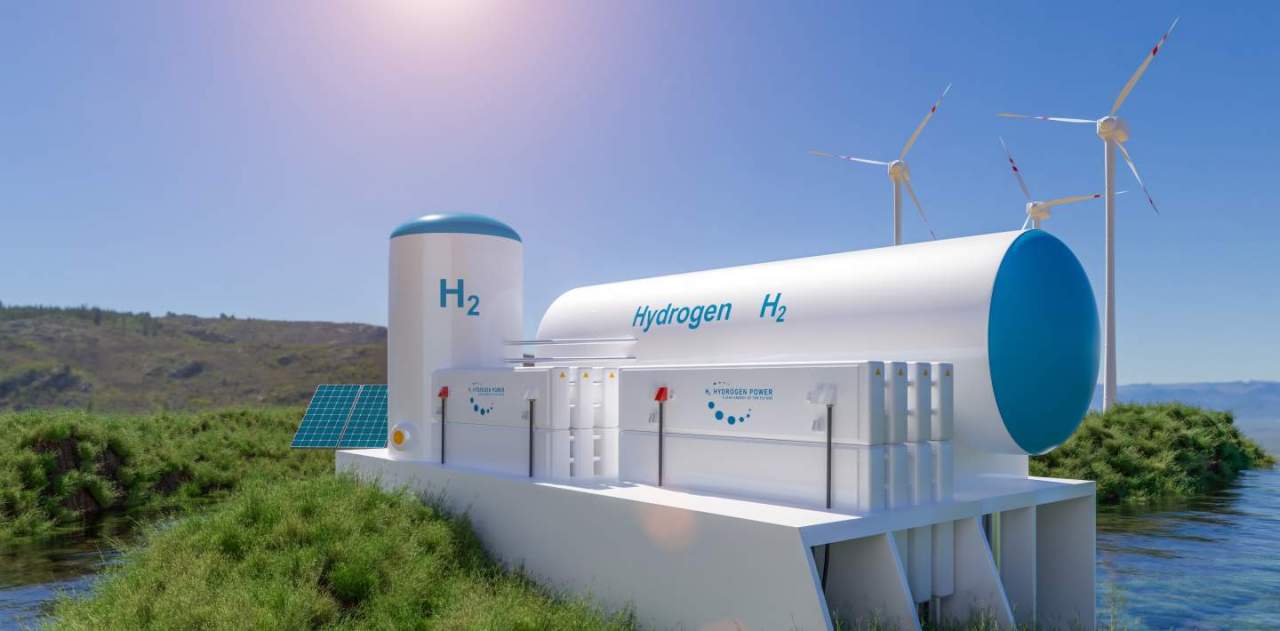
This Hydrogen Fuel Breakthrough Sounds Sweet
The hydrogen fuel cell electric vehicle (FCEVS) has something bad even though it has a clear advantage compared to conventional events as made by Tesla. In fact, Tesla Elon Musk’s CEO has various types of “stupid” technology, “garbage load”, and “stupid cells” (through CNBC). While the Musk might have a personal interest in promoting Tesla’s preferred Battery-based EV technology, it was undoubtedly standing on a sturdy ground when it comes to questions for FCEV technology that has not been addressed satisfactorily.
Palladium and hydrogen storage breakthrough
Another challenge that faces the potential of FCEVs to achieve commercial success is the cost of storing hydrogen gases even at hydrogen fuel stations built with the aim. Gas also needs to be stored in pressurized tanks up to 700 bars or need to be converted into liquid forms, which require cooling it to minus 423 degrees Fahrenheit (minus 253 degrees Celsius). As you can imagine, this is not only expensive, but also requires a lot of energy that eliminates the appeal of FCEV and its environmental benefits.
Enter the German research center Deutsches Electronen-Synchrotron (Desy). Desy has found an approach to store hydrogen in nanoparticles made of palladium – precious metals – which can be easily extracted. Even though it has long been known that the palladium can absorb hydrogen like a sponge, the Desy approach is different from making hydrogen easier to extract.
Scientists have a long way to go
While Desy scientists have cooked delicious treats for fans of FCEV, there is still a long way before hydrogen storage breakthroughs and extraction techniques can be commercialized. Desy plans to improve technology to find out the density of storage that can be achieved. Currently using graphene as an operator for ‘nano-chocolate’ (like Desy calls them), but plans to investigate other carbon structures.
However, Desy is optimistic that his approach will be able to have a large number of palladium which in turn means that his approach will be able to store a large number of hydrogen, without the weakness of the current hydrogen detention method.



Average Rating